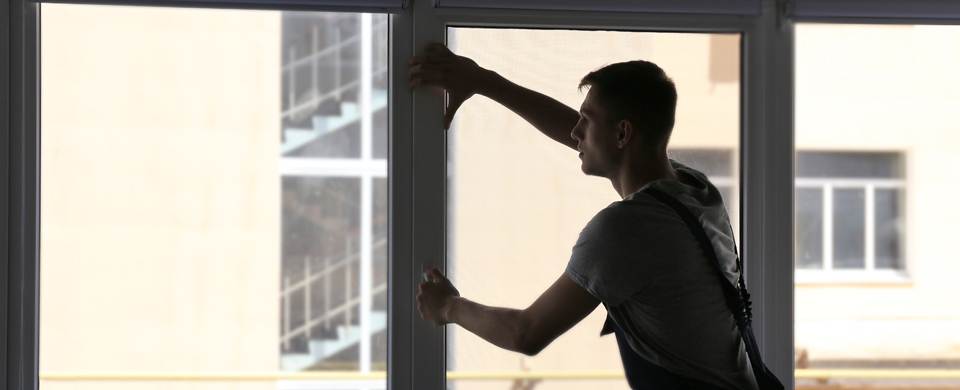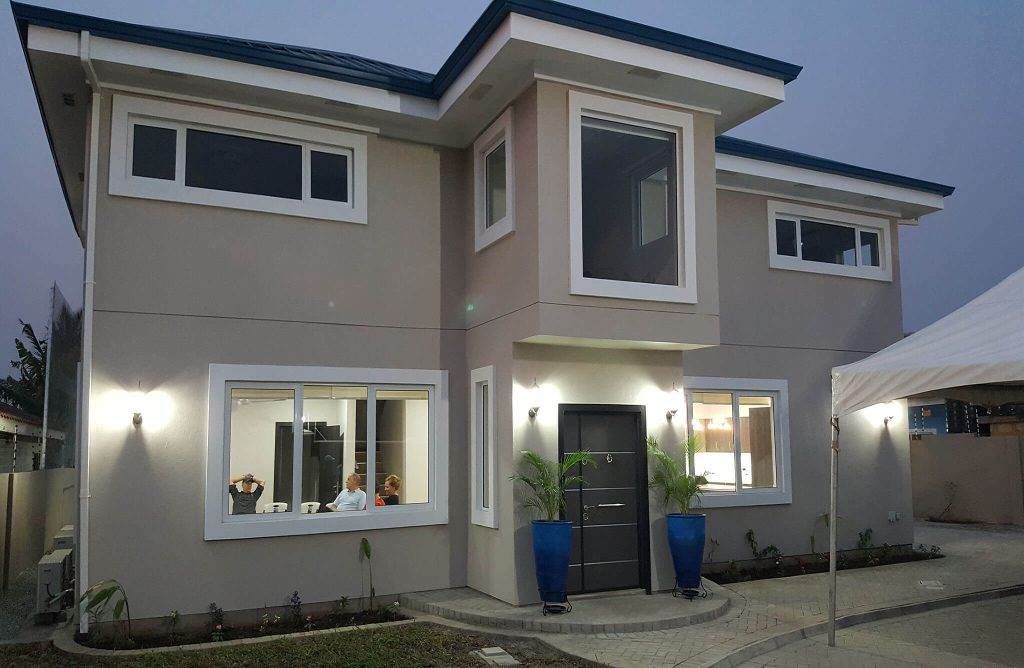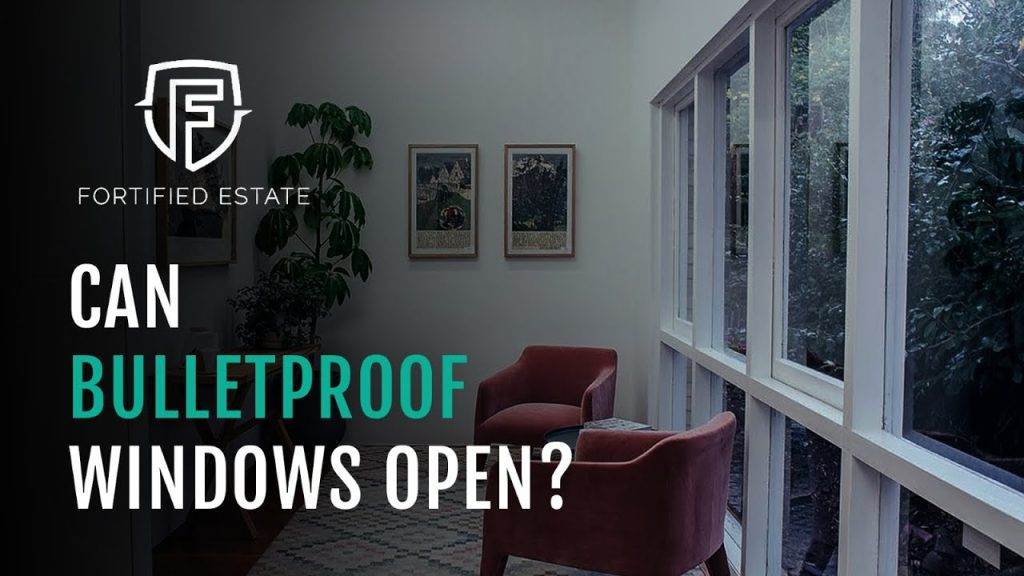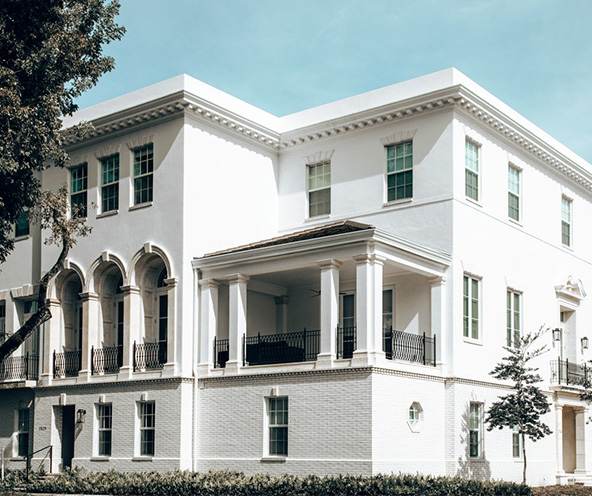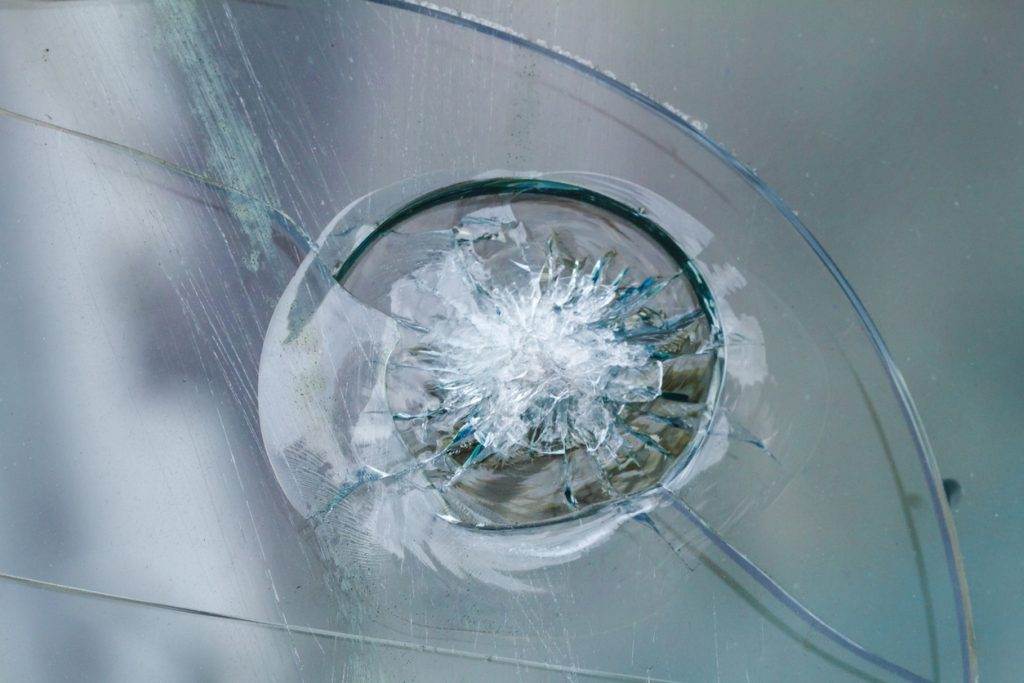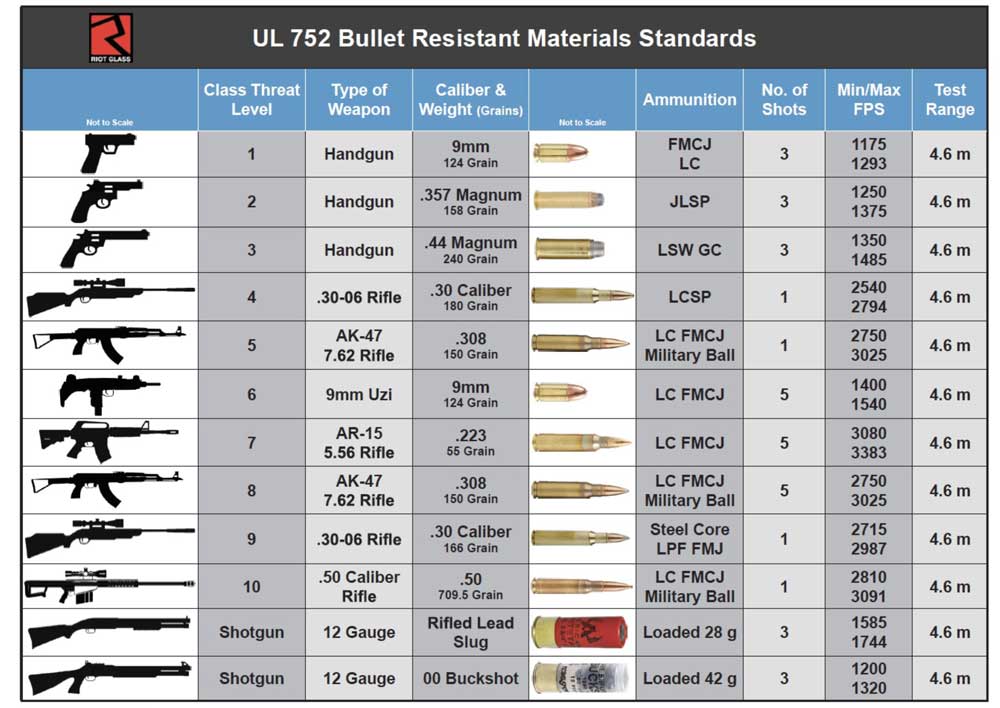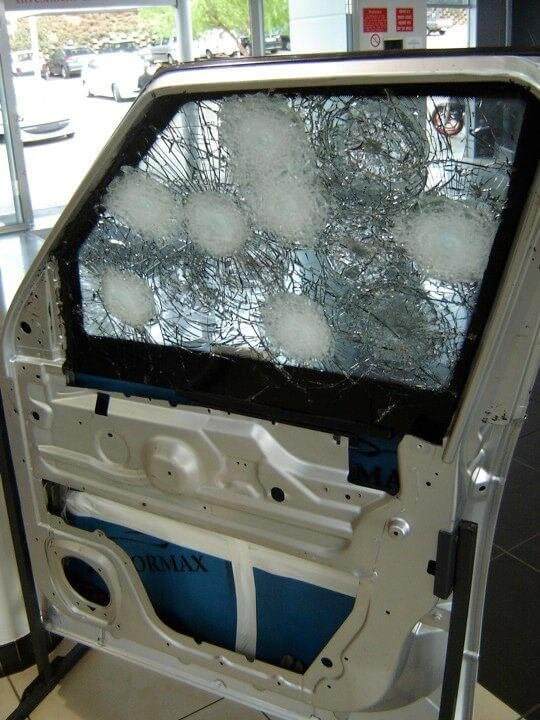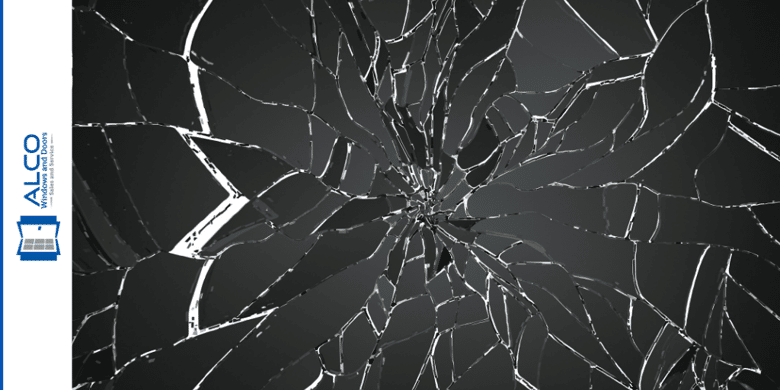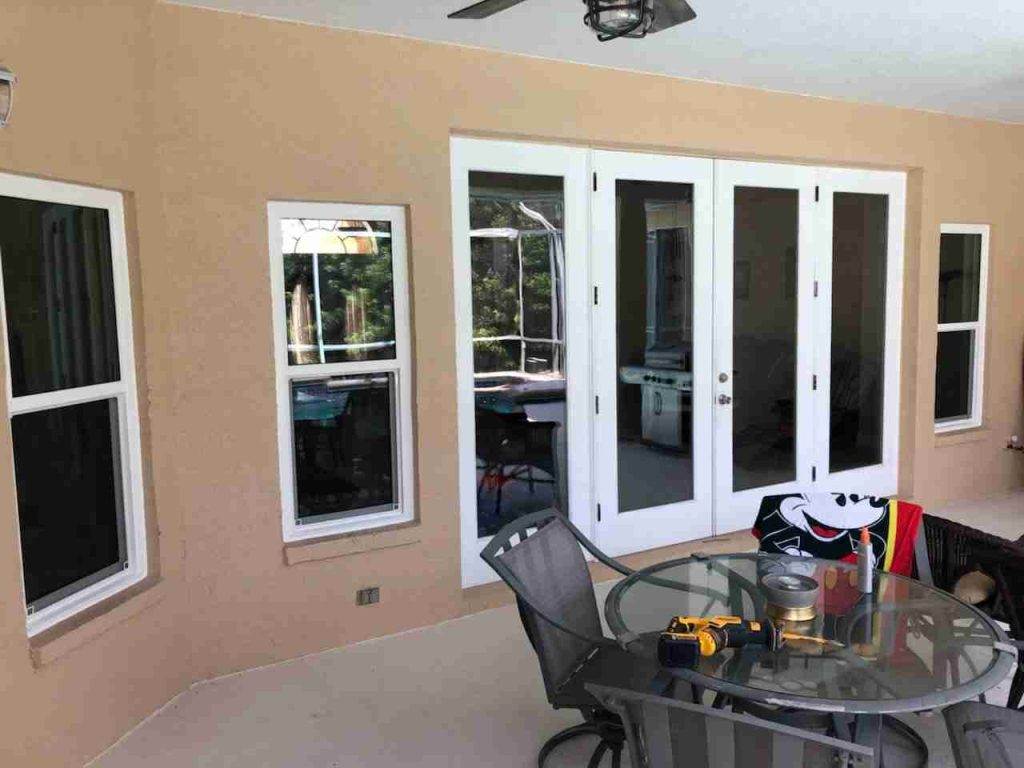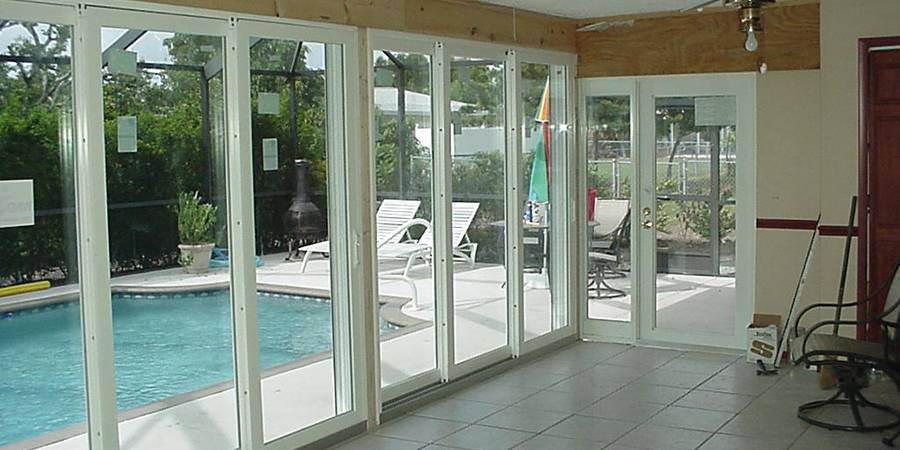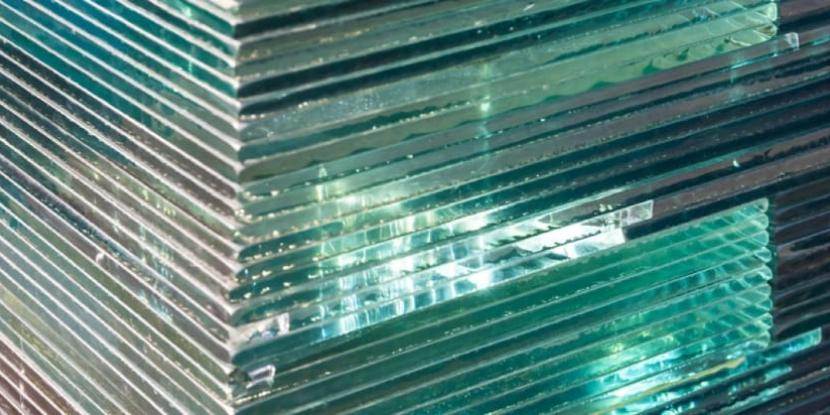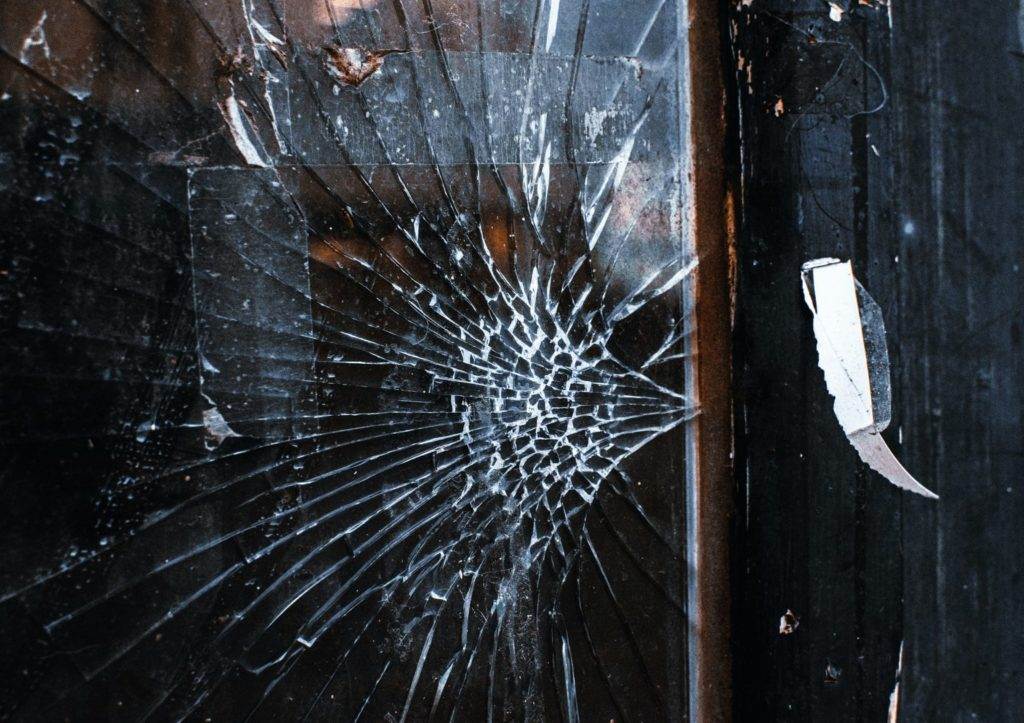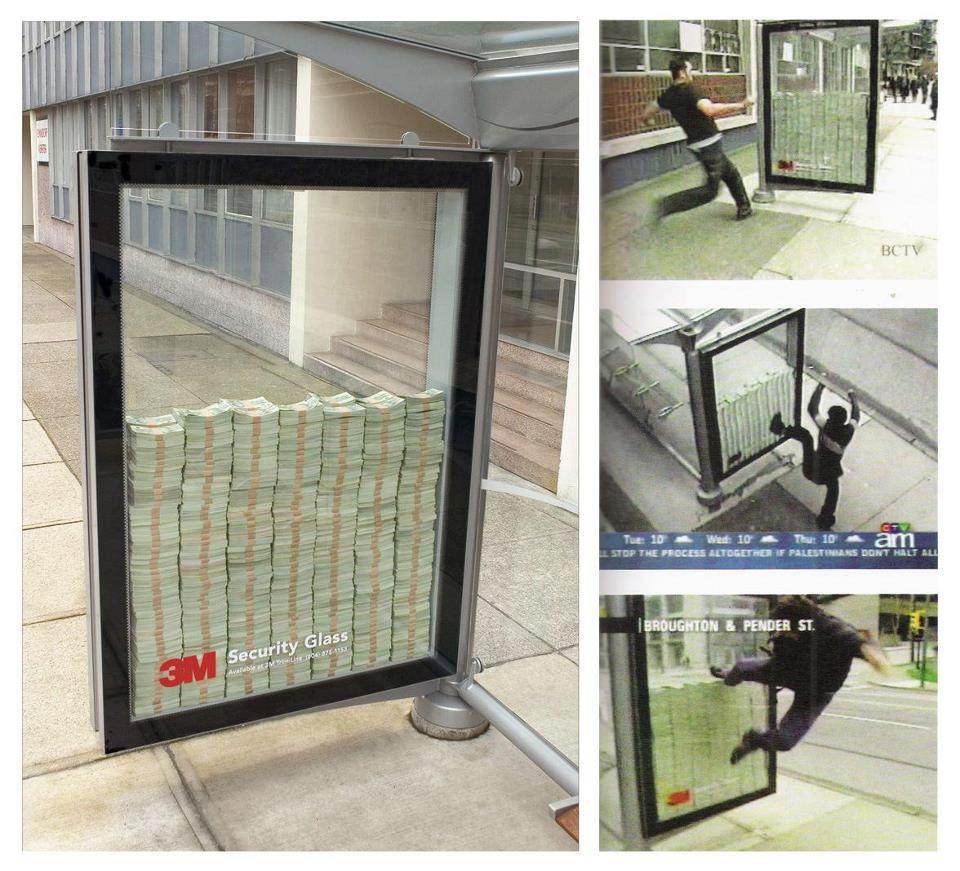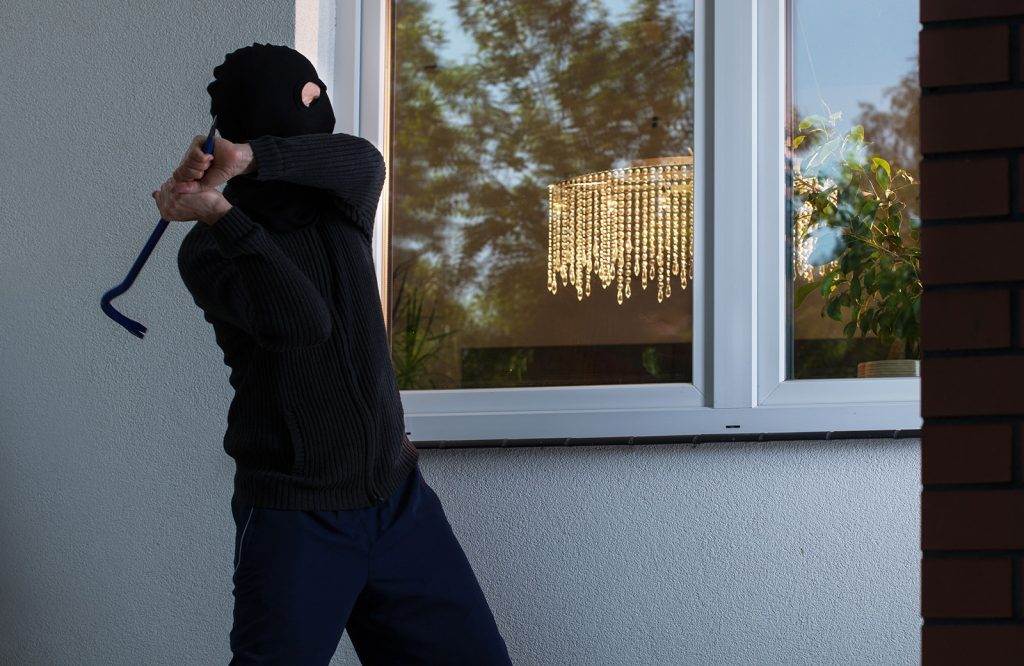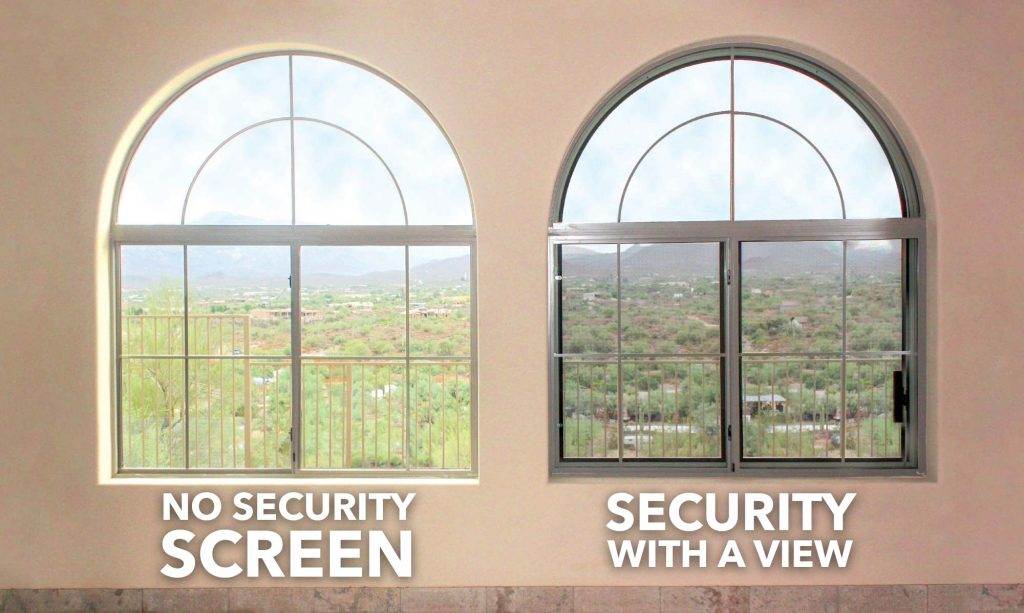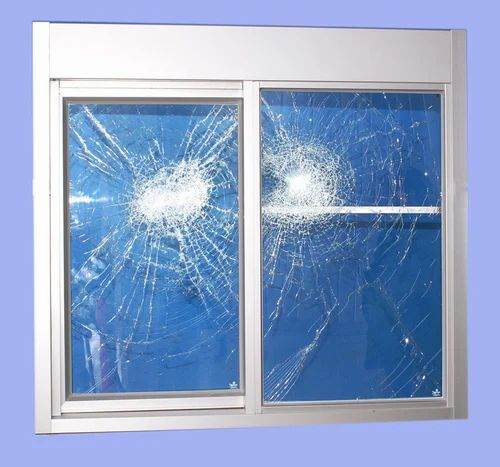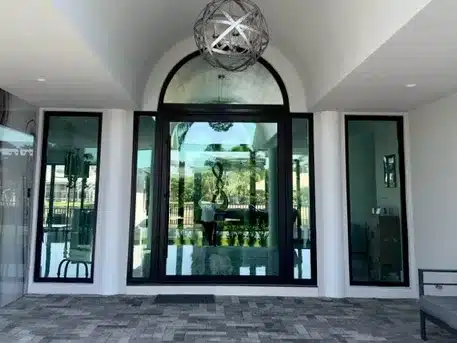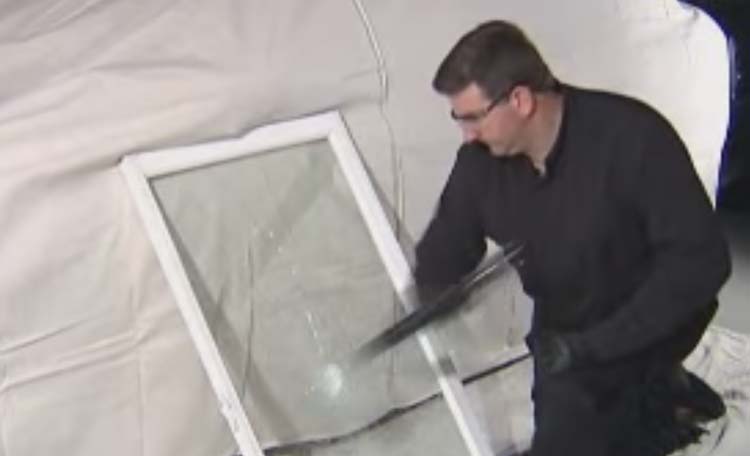So you’ve invested in impact windows to protect your home from hurricanes, but now you’re wondering if you still need hurricane shutters. It’s a common question that many homeowners have, and in this article, we will explore whether or not impact windows alone are sufficient to withstand the fury of a hurricane. We’ll examine the benefits of both impact windows and hurricane shutters, and provide you with the information you need to make an informed decision on how best to protect your home during hurricane season.
What Are Impact Windows?
Definition of impact windows
Impact windows, also known as hurricane windows, are specially designed windows that are built to withstand the impact of strong winds, hurricanes, and other extreme weather conditions. These windows are constructed using multiple layers of glass and a durable interlayer material, such as polyvinyl butyral (PVB), which keeps the glass intact even if it breaks under pressure. The frames of impact windows are typically made from strong materials like aluminum or vinyl, further enhancing their ability to withstand powerful forces.
How impact windows protect against hurricanes
The main purpose of impact windows is to provide protection against hurricanes and other severe weather events. During a hurricane, strong winds can create high-pressure zones near the windows and doors of a building. Regular windows are susceptible to shattering under these extreme pressures, which can lead to catastrophic damage to both the property and its occupants.
However, impact windows are specifically designed to withstand these forces. The multiple layers of glass and the interlayer material in impact windows provide a barrier against high-pressure winds. Even if the glass cracks or breaks, it will remain intact and securely held together by the interlayer, preventing the destructive force of the hurricane from entering the building.
In addition, the durable frames of impact windows are bolted securely to the structure of the building, further reinforcing their ability to resist high winds and impact from flying debris. This structural integrity helps to ensure the windows remain in place, preventing the hurricane from creating breaches in the building envelope and reducing the risk of significant damage.
Understanding Hurricane Shutters
Definition of hurricane shutters
Hurricane shutters are protective coverings that are installed over windows and doors to provide an additional layer of defense against hurricanes and severe storms. These shutters come in various materials and designs, each offering different levels of protection and aesthetic options.
Different types of hurricane shutters
There are several types of hurricane shutters available, each with their own unique characteristics and advantages.
- Accordion shutters: These shutters are permanently attached to the sides of the windows and can be easily pulled closed when needed. They are made from strong materials like aluminum or polycarbonate and offer excellent protection against high winds and flying debris.
- Roll-up shutters: Roll-up shutters are designed to roll up and down vertically, either manually or with an automated system. They are typically made from aluminum or steel and are a convenient option for homeowners who prefer a more streamlined appearance when the shutters are not in use.
- Colonial shutters: Colonial shutters are hinged at the sides and swing closed to cover the windows during a storm. They are often made from aluminum or steel and can add a decorative element to the exterior of a home while providing protection during severe weather events.
- Bahama shutters: Bahama shutters are designed to be permanently installed and provide shade, privacy, and protection against hurricanes. They are hinged at the top and prop open at an angle when not in use, allowing for ventilation and natural light.
- Storm panels: Storm panels are removable panels made from aluminum, steel, or polycarbonate. They can be attached to the windows using tracks or bolts and provide a cost-effective option for hurricane protection. Storm panels are available in different styles, including corrugated panels, clear panels, and fabric panels.
How hurricane shutters protect against hurricanes
Hurricane shutters act as a physical barrier that shields the windows and doors from the impact of high winds, flying debris, and wind-driven rain. By covering the openings, they help to prevent the pressure differentials caused by a hurricane from entering the interior of the building.
During a hurricane, strong winds can generate flying projectiles, such as tree branches, roof tiles, or other debris, which can cause severe damage if they collide with unprotected windows or doors. Hurricane shutters help to minimize the risk of this damage by providing a sturdy layer of protection that can withstand impact and prevent objects from penetrating the glass.
Moreover, some types of hurricane shutters, such as accordion shutters or roll-up shutters, can also help reinforce the structural integrity of a building. These shutters are typically made from durable materials and are securely fastened to the structure, which can help to reinforce the windows and provide an additional level of stability during high winds.

This image is property of eurexshutters.com.
Reasons for Installing Impact Windows
Benefits of impact windows
Installing impact windows offers numerous benefits beyond just hurricane protection. Here are some of the main advantages of choosing impact windows for your home or building:
Increased energy efficiency
One of the key advantages of impact windows is their ability to improve energy efficiency. The multiple layers of glass, along with the interlayer material, create an effective barrier against heat transfer. This helps to reduce the amount of heat that enters or escapes from the building, leading to energy savings and a more comfortable indoor environment. Impact windows also help to block out harmful UV rays, protecting furniture, flooring, and artwork from fading over time.
Enhanced security
Impact windows provide an added layer of security to your home or building. The strong glass and reinforced frames make it more difficult for potential intruders to break in. Impact windows are designed to withstand impact, making them a deterrent against forced entry. This added level of security can provide peace of mind, particularly for those living in areas with higher crime rates or concerned about home security.
Reduced noise transmission
Impact windows are excellent at reducing noise transmission from the outside environment. The multiple layers of glass and the interlayer material help to absorb and dissipate sound waves, resulting in a quieter indoor space. This is especially beneficial for homes or buildings located in noisy areas, near airports, or along busy roads. Impact windows can create a more peaceful and comfortable living or working environment, minimizing disruptions caused by outside noise.
Insurance premium discounts
Many insurance companies offer discounts or reduced premiums for homes or buildings that have impact windows installed. This is because impact windows provide a higher level of protection against hurricanes and severe weather events, reducing the risk of damage to the property. By investing in impact windows, homeowners can potentially save money on their insurance premiums while still ensuring their property is adequately protected.
Benefits of Hurricane Shutters
Added protection during storms
While impact windows offer excellent protection against hurricanes and severe weather, hurricane shutters provide an additional layer of defense. By covering the windows and doors, hurricane shutters create a physical barrier that can absorb the impact of flying debris and prevent it from penetrating the glass. This added protection can significantly reduce the risk of damage to the building and its occupants during a storm.
Increased security
Hurricane shutters not only provide protection during storms but also offer increased security against break-ins and vandalism. By covering the windows and doors, these shutters act as a deterrent to potential intruders, making it more difficult for them to gain access to the building. The sturdy construction and materials used in hurricane shutters make them highly resistant to forced entry, offering peace of mind and enhanced security for homeowners.
Greater privacy
In addition to their protective qualities, hurricane shutters also provide an increased level of privacy. When closed, the shutters obscure the view from the outside, preventing prying eyes from seeing into the building. This can be especially important for ground-floor windows facing busy streets or close neighbors. By installing hurricane shutters, homeowners can enjoy enhanced privacy without compromising on the aesthetic appeal of their property.
Energy efficiency
Hurricane shutters can contribute to improved energy efficiency by reducing heat gain and loss through windows. When closed, the shutters create an additional layer of insulation, helping to keep the indoor temperature more stable and reduce the workload on air conditioning and heating systems. This can lead to energy savings and lower utility bills over time.
Aesthetic options
Hurricane shutters come in various styles and designs, allowing homeowners to choose a look that complements their property and personal taste. The wide range of materials, colors, and finishes available for hurricane shutters provides flexibility in achieving the desired aesthetic while still ensuring the necessary protection during storms. Whether seeking a traditional or modern look, there are hurricane shutters to suit any architectural style and design preference.

This image is property of lirp.cdn-website.com.
How Impact Windows and Hurricane Shutters Differ
Functionality and purpose
While both impact windows and hurricane shutters are designed to protect against hurricanes and severe weather, they serve different functions. Impact windows are a permanent fixture of a building’s structure and provide continuous protection against extreme weather events. They are designed to resist the impact of flying debris and high-pressure winds, keeping the building envelope intact.
On the other hand, hurricane shutters are removable coverings that are installed over windows and doors specifically during storm events. Their purpose is to provide an additional layer of defense against wind-borne debris and to protect the glass from breaking. Hurricane shutters are easily installed and removed as needed, allowing for flexibility in their usage.
Materials used
Impact windows are constructed using multiple layers of reinforced glass, typically laminated with an interlayer material such as PVB. The frames of impact windows are made from robust materials such as aluminum or vinyl, ensuring stability and strength.
Hurricane shutters, on the other hand, can be made from various materials, including aluminum, steel, polycarbonate, or fabric. The choice of material depends on factors such as durability, aesthetics, and budget. Each material offers different levels of protection and aesthetic options, allowing homeowners to select the best option for their specific needs.
Installation and usage
Installing impact windows is a more involved process compared to hurricane shutters. Impact windows are typically custom-made to fit the specific openings of a building and require professional installation. The windows are securely anchored to the structure using fasteners, ensuring they remain in place during storms.
In contrast, hurricane shutters are installed over the windows and doors when a storm is approaching and removed when the threat has passed. Depending on the type of shutter, installation can be a DIY project or require professional assistance. The shutters are attached to the exterior of the building using tracks, hinges, or other fastening systems, providing a quick and temporary solution for storm protection.
Can Impact Windows Replace Hurricane Shutters?
Factors to consider
While impact windows provide a high level of protection against hurricanes, there are several factors to consider when determining whether they can replace hurricane shutters:
Geographical location
The level of hurricane risk of a specific geographical location is a crucial factor in determining the necessary protection. Areas prone to frequent hurricanes or severe storms may require both impact windows and hurricane shutters for maximum protection. However, in regions with lower hurricane risk, impact windows alone may provide sufficient protection.
Building codes and regulations
Building codes and regulations vary by location and may dictate the requirements for hurricane protection. In some areas, impact windows may be sufficient to meet the code requirements, eliminating the need for additional shutters. It is important to consult with local authorities and professionals to ensure compliance with any applicable regulations.
Level of protection needed
The desired level of protection is another consideration when deciding between impact windows and hurricane shutters. Impact windows provide continuous protection and eliminate the need for installation and removal during each storm event. However, if a higher level of protection is desired, such as for valuable belongings or personal safety, using both impact windows and hurricane shutters may be advisable.
Cost considerations
The cost is another important factor to weigh when deciding between impact windows and hurricane shutters. Impact windows can be a significant investment, especially for larger windows or multiple openings. Hurricane shutters, on the other hand, may offer a more cost-effective solution, particularly for homeowners with a limited budget. It is worth considering the long-term benefits and potential insurance premium discounts associated with impact windows when assessing the overall cost.

This image is property of www.homerunfinancing.com.
When to Use Hurricane Shutters with Impact Windows
Extreme weather conditions
While impact windows provide excellent protection, there may be extreme weather conditions where additional reinforcement is necessary. For example, in regions prone to tornadoes, it may be advisable to use hurricane shutters in conjunction with impact windows to provide an extra layer of defense against powerful storms.
Category 3, 4, or 5 hurricanes
Category 3, 4, and 5 hurricanes are the most severe and have the potential to cause extensive damage. In these cases, using both impact windows and hurricane shutters is recommended to ensure the highest level of protection against the strong winds and flying debris associated with these storms.
High wind speeds
In areas with consistently high wind speeds, it may be beneficial to use hurricane shutters along with impact windows. The shutters can act as an additional barrier, further reducing the risk of damage to the windows and preventing breaches in the building envelope.
Debris impact mitigation
If your property is located in an area with a high risk of debris impact, such as near wooded areas or construction sites, using hurricane shutters in combination with impact windows can provide enhanced protection. The shutters help prevent debris from striking and damaging the windows, reducing the likelihood of glass breakage and subsequent damage to the property.
Benefits of Using Both Impact Windows and Hurricane Shutters
Maximum protection during hurricanes
By using both impact windows and hurricane shutters together, homeowners can achieve a higher level of protection during hurricanes and severe storms. Impact windows provide a continuous barrier against high winds and flying debris, while hurricane shutters add an extra layer of defense and help protect the glass from breaking. This combined approach ensures maximum protection for both the property and its occupants.
Added security against break-ins
The use of both impact windows and hurricane shutters offers an increased level of security against break-ins and vandalism. While impact windows alone are highly resistant to forced entry, the added layer of hurricane shutters provides an additional deterrent to potential intruders. The shutters create an extra physical barrier that can be difficult to breach, giving homeowners enhanced peace of mind and safety.
Increased energy efficiency
Combining impact windows and hurricane shutters can lead to improved energy efficiency. The impact windows help to reduce heat transfer and block out harmful UV rays, while the shutters create an additional insulating layer. This combination works to keep the indoor temperature more stable, reducing the workload on HVAC systems and potentially resulting in energy savings.
Versatile usage options
Using both impact windows and hurricane shutters allows for versatility in usage. Impact windows provide continuous protection without the need for frequent installation and removal. Hurricane shutters, on the other hand, can be utilized only during storm events or when desired for additional security or privacy. This flexibility allows homeowners to adapt their protective measures based on their specific needs and preferences.

This image is property of hurricaneshutterpros.com.
Cost Considerations
Investment required for impact windows
Impact windows are a significant investment for homeowners. The cost of impact windows can vary depending on factors such as the size and number of windows, the chosen materials, and any additional features or customization options. It is essential to obtain quotes from reputable manufacturers or contractors and consider the long-term benefits of impact windows when assessing the overall cost.
Cost of installing hurricane shutters
The cost of installing hurricane shutters can also vary depending on factors such as the type of shutter, material used, and the size of the windows. Some hurricane shutters, such as storm panels, tend to be more cost-effective, while other options, like motorized roll-up shutters, may be more expensive. It is advisable to obtain quotes from multiple suppliers or contractors to compare costs and consider the potential long-term savings on insurance premiums.
Maintenance and upkeep expenses
Both impact windows and hurricane shutters require proper maintenance to ensure their effectiveness and longevity. Impact windows should be regularly inspected for any signs of wear, such as cracks or gaps in the seals, and should be cleaned periodically to maintain their clarity. Hurricane shutters should be inspected for any damage, hinges or tracks should be lubricated as needed, and fabric shutters might require cleaning or re-treating to ensure their durability. It is important to include these maintenance and upkeep expenses when considering the overall cost of these protective measures.
Conclusion
Determining the best solution for protecting your home or building against hurricanes and severe storms requires careful consideration of various factors. While impact windows offer continuous protection and a range of benefits, the use of hurricane shutters in conjunction can provide additional security, privacy, and peace of mind.
Consulting with professionals in the industry, including window manufacturers, contractors, and insurance agents, can provide valuable guidance in making an informed decision. Individual circumstances, such as geographical location, building codes, and personal preferences, should also be taken into account to ensure the most effective and appropriate protection for your specific needs. By weighing the advantages and cost considerations, homeowners can make an educated choice that prioritizes safety, security, and long-term benefits.

This image is property of www.homerunfinancing.com.

